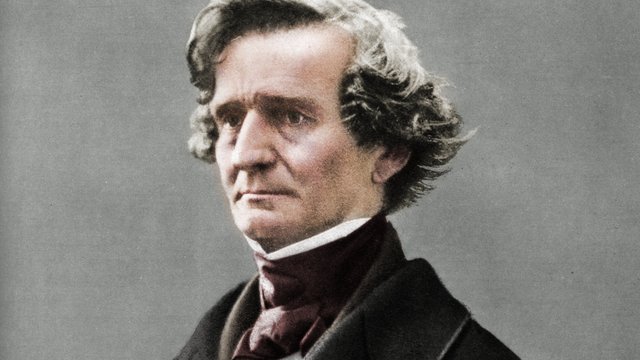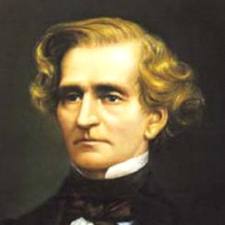Hector Berlioz, a towering figure in the Romantic era of classical music, was renowned for his innovative orchestration and expressive depth. His compositions often reflected his vivid imagination and deep emotional experiences. Here are ten of his best works:
- Symphonie Fantastique, Op. 14 (1830)
- This programmatic symphony is perhaps Berlioz’s most famous work. It tells the story of an artist’s self-destructive passion for a beautiful woman through five movements, including the evocative “March to the Scaffold” and the eerie “Dream of a Witches’ Sabbath.”
- Harold en Italie, Op. 16 (1834)
- Inspired by Lord Byron’s poem “Childe Harold’s Pilgrimage,” this symphony features a solo viola and paints a musical picture of an idealized Italy. It beautifully captures the landscape and moods of the country through its four movements.
- Les Troyens, Op. 29 (1858)
- A grand opera in five acts, “Les Troyens” is based on Virgil’s “Aeneid.” This monumental work showcases Berlioz’s dramatic flair and his ability to blend vocal and orchestral elements seamlessly. It remains one of the most ambitious operas ever written.
- Requiem (Grande Messe des Morts), Op. 5 (1837)
- Commissioned to commemorate the fallen of the July Revolution, this work is known for its vast scale, including a massive orchestra and chorus. The “Dies Irae” and “Tuba Mirum” sections are particularly powerful and demonstrate Berlioz’s mastery of dramatic effect.
- La Damnation de Faust, Op. 24 (1846)
- This “légende dramatique” is a unique hybrid of opera and oratorio based on Goethe’s “Faust.” Berlioz’s setting is full of vivid characterizations and imaginative orchestration, capturing both the dramatic and lyrical aspects of the story.
- Béatrice et Bénédict, Op. 27 (1862)
- A comic opera inspired by Shakespeare’s “Much Ado About Nothing,” this work showcases Berlioz’s lighter, more humorous side. Its witty libretto and sparkling music make it a delightful contrast to his more serious works.
- Roméo et Juliette, Op. 17 (1839)
- A dramatic symphony inspired by Shakespeare’s tragedy, this work combines choral and orchestral elements to portray the story of the star-crossed lovers. The “Queen Mab Scherzo” and “Love Scene” are particularly notable for their evocative power.
- Benvenuto Cellini, Op. 23 (1838)
- This opera, based on the memoirs of the Italian sculptor, showcases Berlioz’s vibrant and energetic style. Its overture is frequently performed as a standalone concert piece and is a favorite in the orchestral repertoire.
- Overture to “Le Corsaire,” Op. 21 (1844)
- Originally titled “La Tour de Nice,” this overture was inspired by James Fenimore Cooper’s novel “The Red Rover.” Its spirited and adventurous themes make it a popular concert opener.
- Te Deum, Op. 22 (1849)
- A massive choral work for orchestra, choir, and tenor soloist, “Te Deum” is a testament to Berlioz’s grand vision. It is notable for its impressive scope and the “Tibi omnes” movement, which is both majestic and uplifting.
Berlioz’s contributions to classical music are invaluable, with his works continuing to inspire and captivate audiences worldwide. His innovative approach to orchestration and his ability to convey deep emotion through music have secured his place among the greatest composers of all time.


Comments are closed